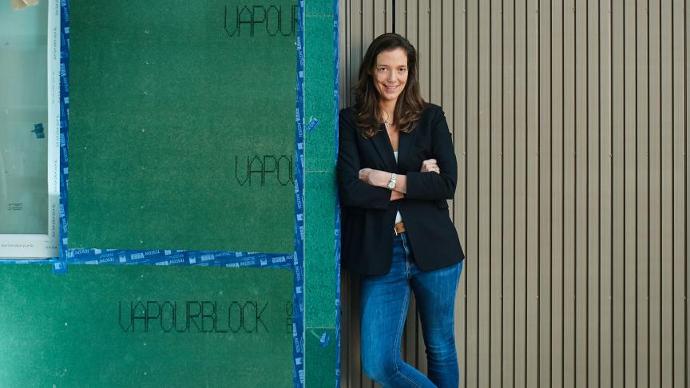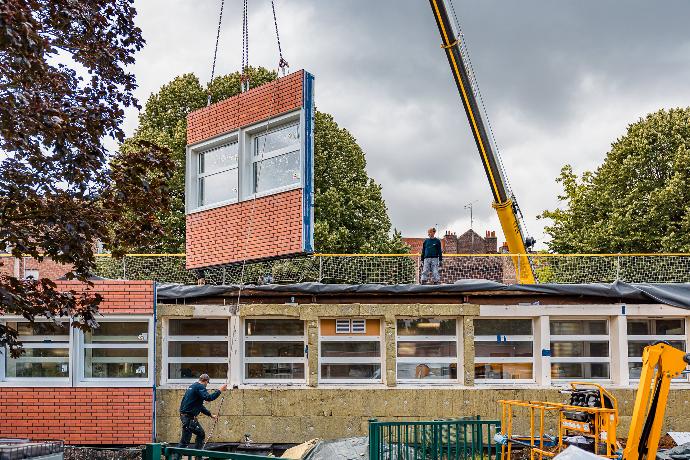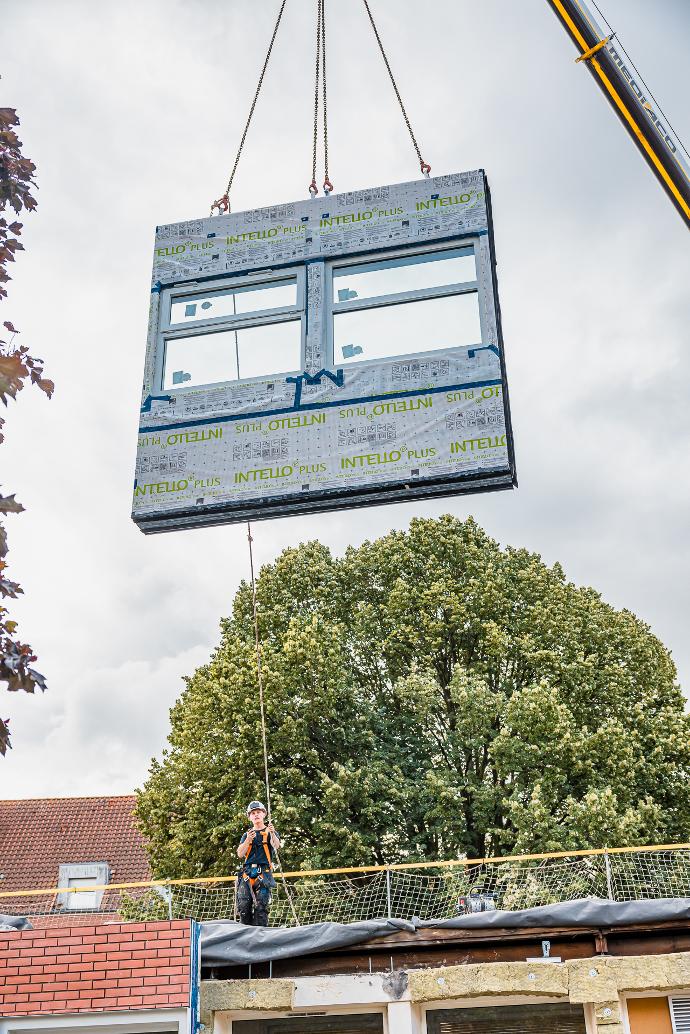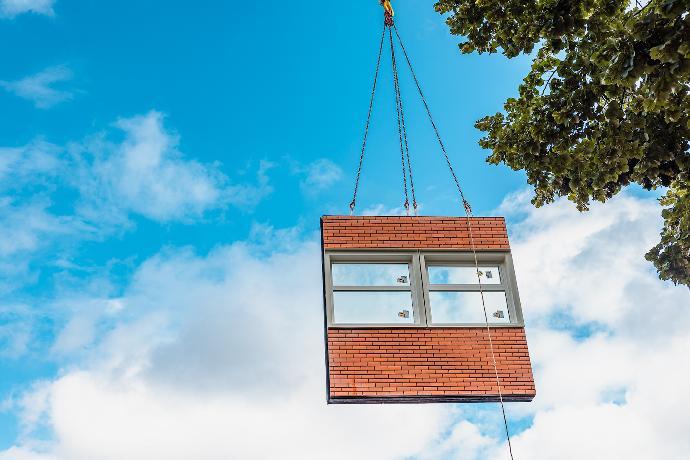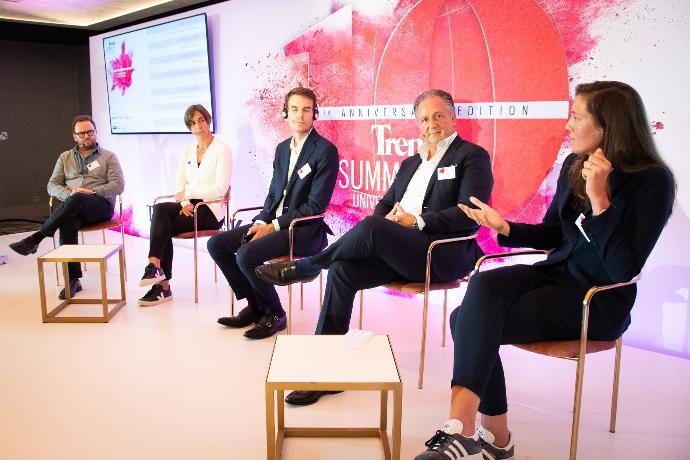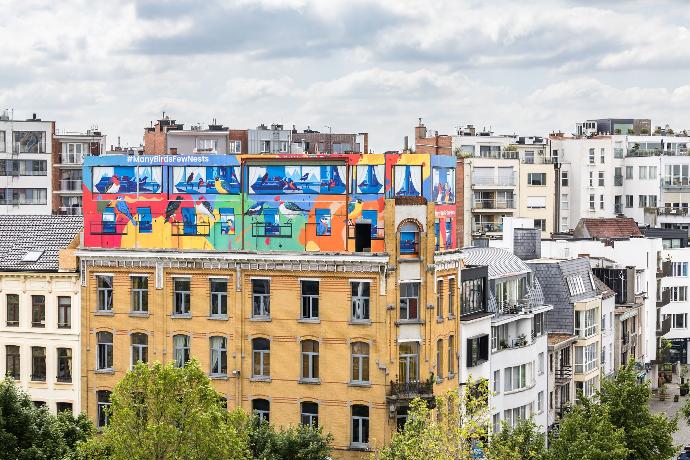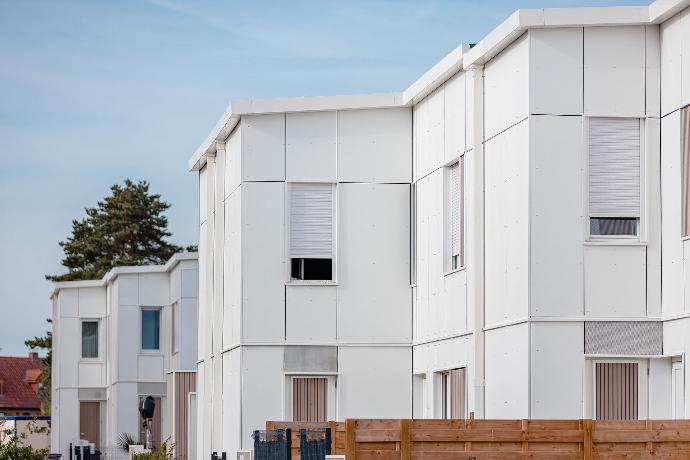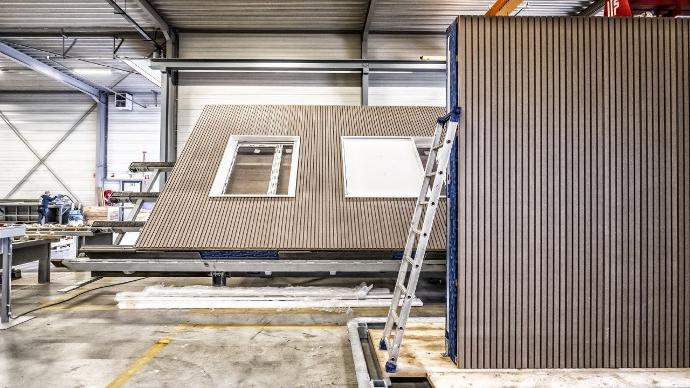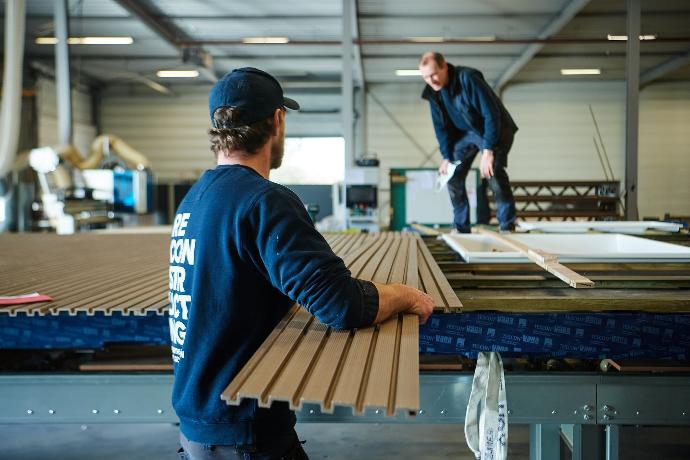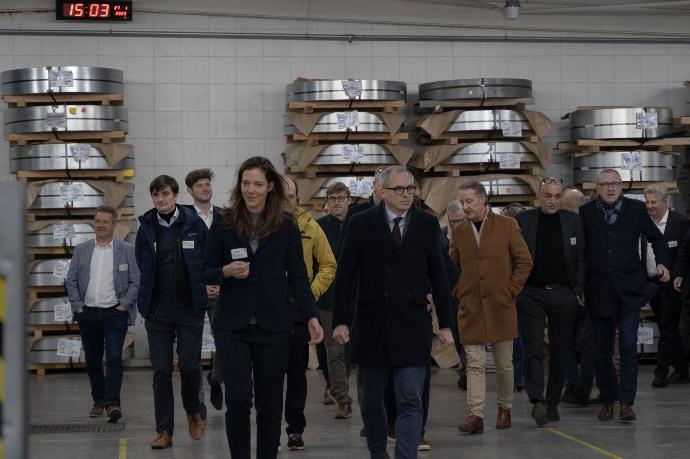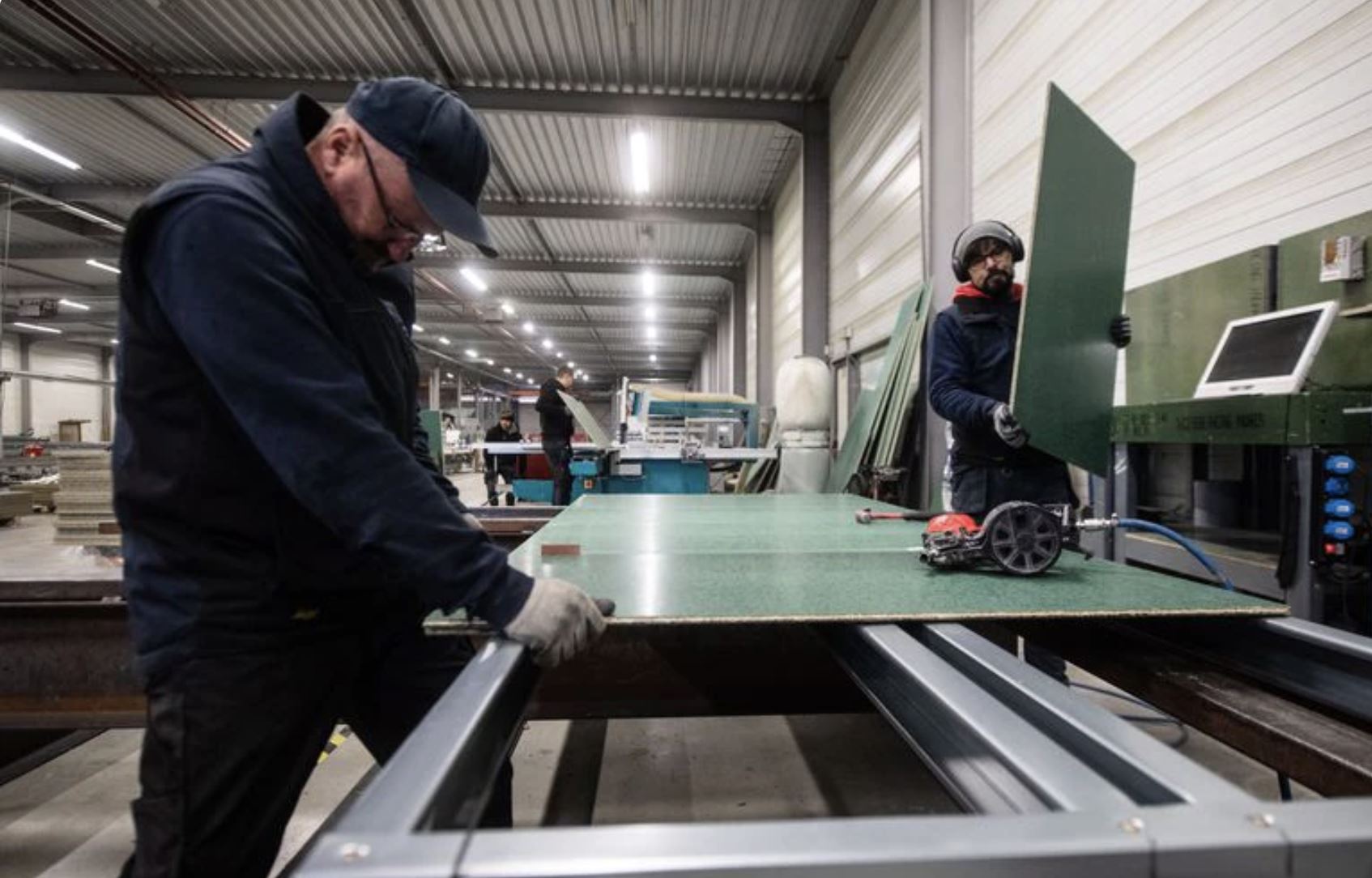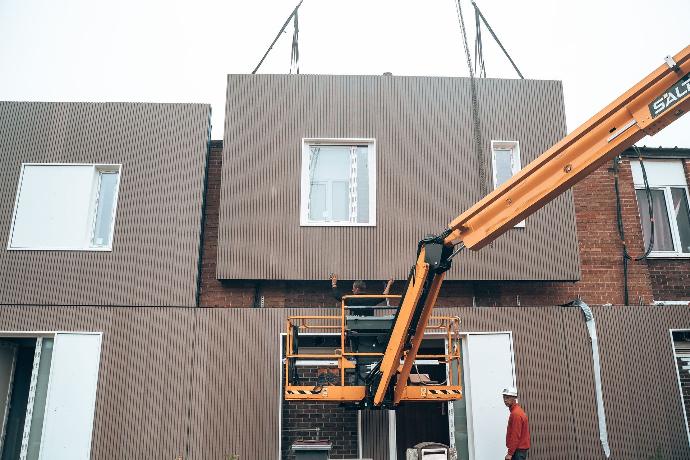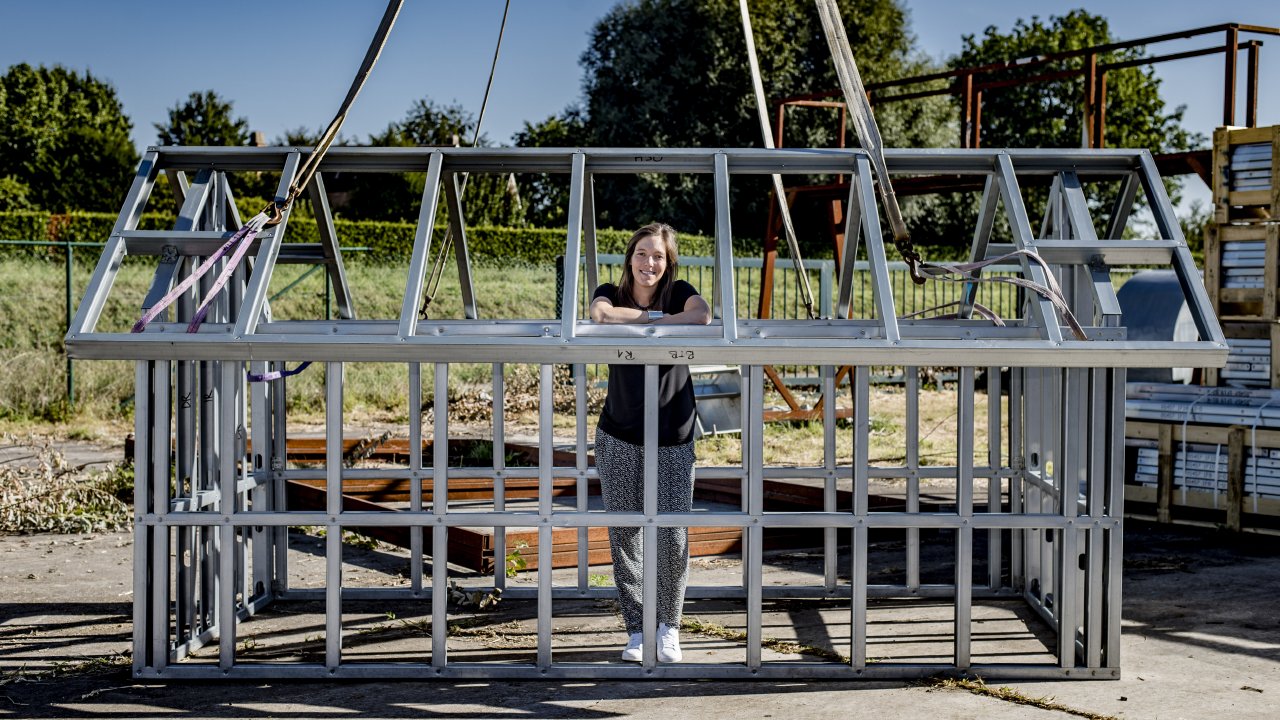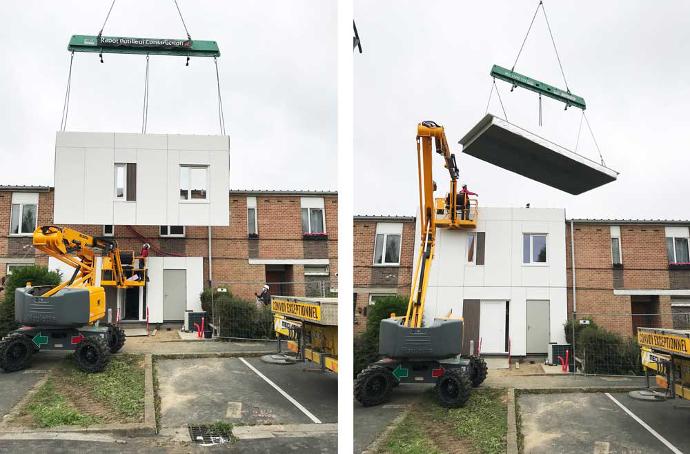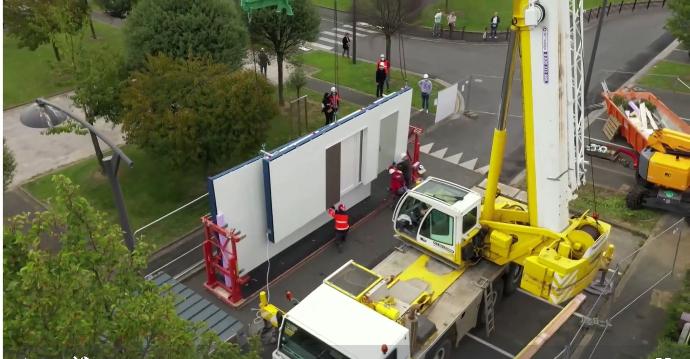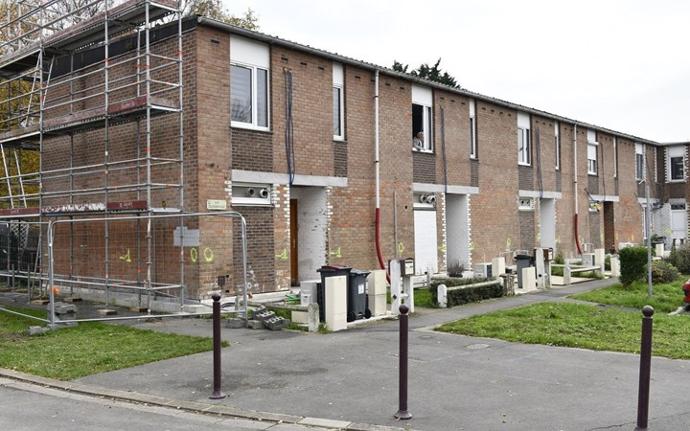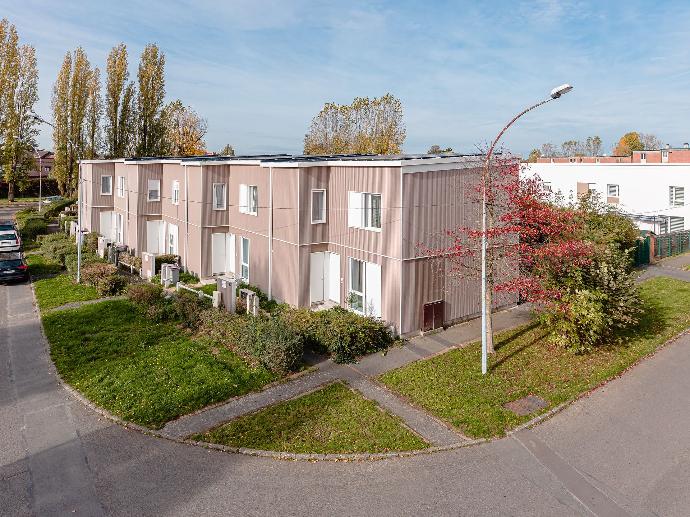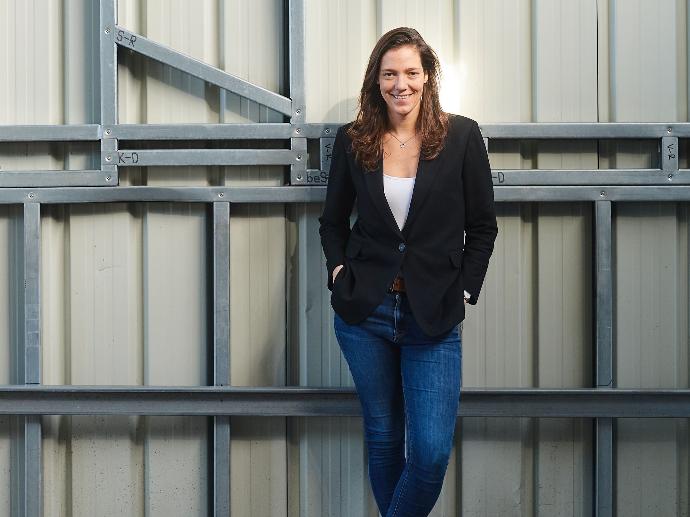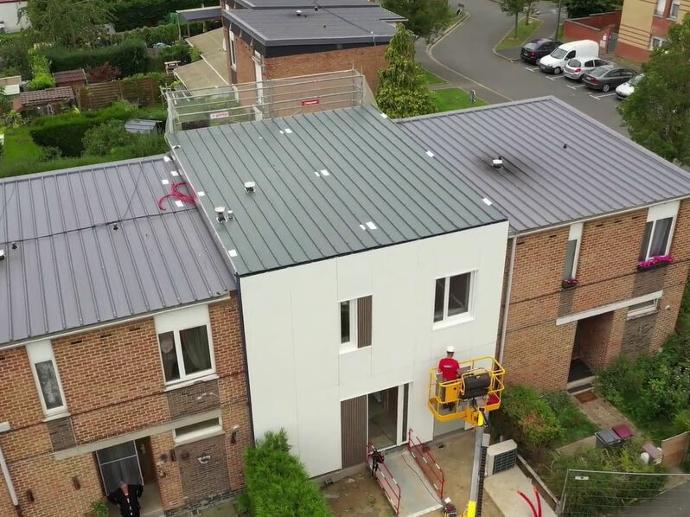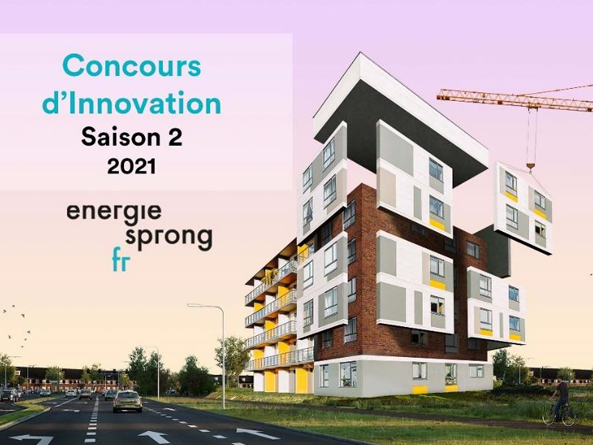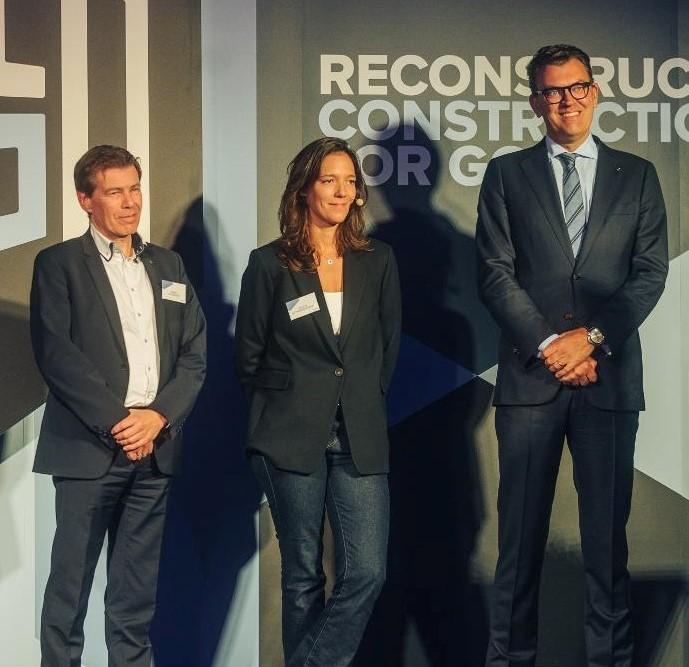To achieve its 2030 climate target and climate neutrality by 2050, the EU must address the energy consumption of the construction sector. Because climate neutrality isn’t possible by 2050 without fully decarbonizing the sector. At BuildUp, we are committed to making a significant contribution to meet those goals.
However, shallow renovations will not get us to fulfil those ambitions by 2050. Deep retrofitting or deep energetic renovation will. But the current rate of renovation is not sufficient to meet this target, and as such, we need to significantly increase the rate of renovation to around 6,000 per day. Offsite construction is the only method still capable of getting us there.

What’s the difference between shallow and deep energetic renovation?
A deep retrofit of a home is a holistic approach where several energy-saving measures are done at the same time to radically reduce energy use by 30 to 70% and to increase comfort. All aspects of the house from the fabric to ventilation and heating systems are considered within the same renovation plan rather than treated separately. Making sure the house performs as one system and reaches the best possible performance targets for reducing CO2 emissions and allowing a qualitative, sustainable lifestyle.
A deep retrofit involves:
• Reducing heat loss by insulating the walls, roof, and floor (and potentially upgrading windows and doors).
• Making sure the building is airtight.
• Installing a mechanical ventilation heat recovery system to maintain good indoor air quality for a healthy environment and mould prevention.
• Introducing renewable energy technologies such as solar water heating or solar photovoltaic panels for energy-neutral facilities.
A shallow retrofit is a small-scale alteration where one or two energy-saving measures are taken. A shallow retrofit can initially seem cost-effective, but it can actually be less beneficial in the long run and more costly, if you have to redo the work in order to achieve further energy reductions which will be required by 2050. Any single measure should form part of a long-term plan for the home that can build step by step towards a deep energy retrofit without having to redo previous steps.
A shallow retrofit may include:
• insulating hot water pipes
• putting an insulating jacket on your boiler
• pumping insulation into the cavity wall
• upgrading the attic insulation
• upgrading the boiler to a more efficient one
• adding a heating control system
Why offsite construction is the key to achieving goals by 2050

Energetic renovation through offsite retrofitting is a highly efficient method of renovating buildings. Studies from EnergieSprong and other leading construction companies show that the onsite fixation of prefabricated panels for a dimension of 18 m2 takes about 1 hour, compared to 27 hours for traditional construction. A significant difference that saves so much time and money!
How do we approach it at BuildUp?
• We utilize offsite prefabricated facades, walls, and roofs to streamline the renovation process and ensure that large-scale projects are completed within a shorter time frame without compromising quality.
• With prefabricated components, we can minimize onsite disruption and reduce construction time.
• Additionally, we can ensure that the materials used in the renovation process are of the highest quality and that they adhere to all relevant environmental standards.
• This approach not only saves time and money but also leads to more sustainable and long-lasting renovations that benefit not only the occupants of the building but the environment as well.
The 7 steps of a deep energetic renovation project by BuildUp
The process of a deep energetic renovation project through offsite retrofitting by BuildUp includes the following steps:
1. Preliminary analysis: we start off with an analysis of the current conditions of the building regarding energy use and the potential for improvement.
2. Scanning the existing situation into a Point Cloud: this cloud generates millions of data points and converts any object into a digital 3D model with the exact same measurements and conditions.
3. Pre-design phase: The team of architects and engineers will work together to detail the compositions of walls and roofs regarding the calculated output specifications.
4. Detailing phase: a digital twin of the building and its compositions is created.
5. Production: after the design is completed, the components are manufactured offsite in the factory. From the internal insulation to the facade cladding, every part is subjected to rigorous quality control.
6. Transport: after the panels are all finished, they are carefully packed in our trucks and ready to be delivered to the site in pristine factory conditions.
7. Installation: after the components arrive on site, our team of professionals take care of the installation of the produced facades, roofs and walls.
Sources:
https://renovationhub.ie/dev/knowledge-base/what-is-the-difference-between-deep-retrofit-and-a-shallow-retrofit/#toggle-id-3
https://www.bpie.eu/wp-content/uploads/2021/11/BPIE_Deep-Renovation-Briefing_Final.pdf
